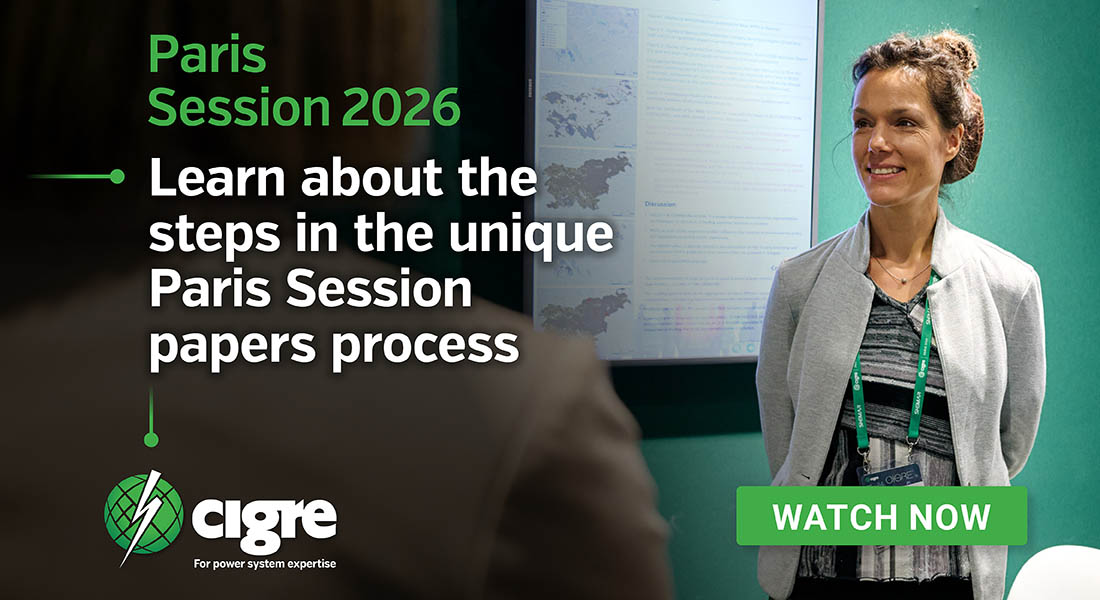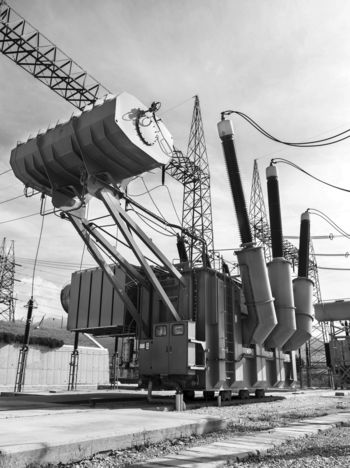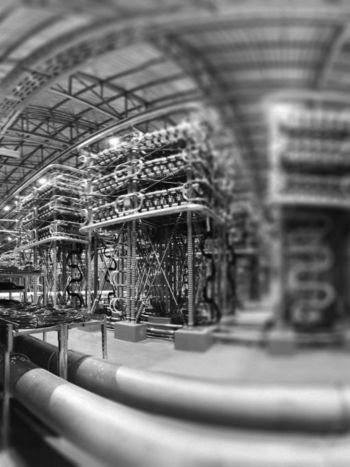Certification of the electricity used to produce hydrogen
This report offers an exhaustive examination of hydrogen certification schemes globally, a necessary step in advancing hydrogen as a viable energy solution for achieving decarbonization across sectors like transportation, heavy industry, and energy storage. Given that hydrogen's environmental impact varies based on production methods and energy sources, certification becomes critical in ensuring that hydrogen meets stringent low-carbon standards. Certification schemes establish parameters that define the technical and environmental quality of hydrogen, thus facilitating trade, supporting regulatory frameworks, and ensuring transparency.
Members
Convenor
(BR)
Ricardo GEDRA
Secretary
(BR)
Vanessa GRUNWALD
Adina CIRTOG (AU), Ahmed HALIMA (AU), Alessio SIVIERO (IT), Alexandre OUDALOV (CH), Amit KHEDKAR (AU), Anant VENKATESWARAN (US), Anshul GOYAL (CA), Artem MITROFANOV (RU), Boris GAILLARDON (DE), David RICHARDSON (CA), Eduardo TOBIAS (BR), JD John HAMMERLY (US), Jeffery PREECE (US), João Henrique AZEVEDO (BR), María Jaén CAPARRÓS (ES), Malte SCHARF (DE), Matteo BINA (IT), Maria MARTIN (ES), Richard 'Tony' FIELD (AU), Nicolas Zea ALZATE (CO), Shlomo TSALISHER (IL), Saibal GHOSH (IN), Vladislav BEREZOVSKY (RU), Sumin LEE (KR)
Chapter 1 contextualizes the role of hydrogen in decarbonization efforts, especially in sectors where reducing emissions is challenging. The potential of hydrogen, however, depends on the methods used for production. Green hydrogen, produced via electrolysis using renewable electricity, represents the ideal pathway for minimizing emissions. However, the carbon intensity and source of electricity are essential considerations for certifying hydrogen’s environmental impact. With no common global certification standards currently available, the report emphasizes the need to develop international criteria to ensure consistent quality and compatibility of certified hydrogen across borders.
The initial stages of this study, mapped in Chapter 2, focus on understanding existing certification frameworks, with an overview of 34 schemes, ultimately narrowing down to 13 key frameworks for in-depth analysis. These schemes vary widely in scope, criteria, and implementation, highlighting the diverse approaches countries and regions are taking toward certifying hydrogen as low-carbon or renewable. Key initiatives include Brazil's CCEE Certification and the European Union's Renewable Energy Directive (RED II), each reflecting distinct regional approaches. Such variations underline the need for harmonization to facilitate international trade and interoperability among certification schemes.
Chapter 3 provides a comparative analysis of selected schemes, identifying 14 core technical parameters that determine the robustness and rigor of each certification system. These parameters, ranging from energy source requirements to GHG methodology, ensure that hydrogen certification is both scientifically valid and practically applicable. For example, the report examines “additionality” as a key criterion to ensure that certified hydrogen uses newly generated renewable energy rather than diverting existing capacity. Technical parameters like temporal and geographic correlation ensure that the timing and location of renewable energy generation align closely with hydrogen production, reinforcing the low-carbon credentials of certified hydrogen.

Within these schemes, “grid connection” emerges as a critical consideration. Some certifications favor off-grid renewable sources to guarantee low emissions, while others allow for grid connections paired with Renewable Energy Certificates (RECs) or Power Purchase Agreements (PPAs). Such distinctions affect the practical application of hydrogen production in different regions and industries. The “product certified” parameter also reveals the predominance of hydrogen-specific certification, though some schemes extend to hydrogen derivatives like ammonia, acknowledging its role as an efficient hydrogen carrier.
Market parameters were also analyzed and revealed the importance of legislation, infrastructure, and public awareness in supporting certification schemes. The need for coordinated policies and market incentives to foster low-carbon hydrogen is clear, particularly as certification schemes mature and begin to support carbon markets and emissions trading. Additionally, effective market design, incorporating storage solutions and dynamic energy balancing, will be critical for integrating hydrogen production with variable renewable energy sources. Robust governance frameworks are also recommended to ensure accountability in certification processes, particularly as third-party auditors and verifiers become integral to maintaining certification integrity.
In Chapter 4, recommendations are synthesized, addressing best practices and outlining challenges in implementing hydrogen certification on a global scale. Key recommendations include adopting consistent carbon intensity benchmarks, incorporating chain-of-custody models, and supporting robust reporting mechanisms. For instance, while some certification schemes use a “book-and-claim” model to verify low-carbon attributes independent of physical hydrogen flow, others use “mass balance” models that tie environmental attributes directly to the hydrogen product. Both models have merits depending on market structure, but flexibility in adopting these models may be crucial as international trade in hydrogen expands.
Challenges outlined include the technological diversity in hydrogen production, the lack of uniform regulatory standards, and logistical complexities in tracking and verifying hydrogen’s origins through complex supply chains. For example, while Europe emphasizes renewable electrolysis, other regions are more receptive to hydrogen produced from natural gas with carbon capture, creating a fragmented regulatory landscape that complicates global trade and market adoption. To address these challenges, the report advocates for a technology-neutral approach, encouraging certification for all low-emission hydrogen production methods.
In projecting future trends in hydrogen certification, the report identifies a move toward globally harmonized certification standards that can accommodate diverse energy landscapes. International organizations like the International Renewable Energy Agency (IRENA) and the International Energy Agency (IEA) are positioned to lead this standardization, ensuring that schemes are adaptable across regions. Furthermore, digital advancements in blockchain and IoT are anticipated to enhance traceability and transparency, enabling real-time verification of hydrogen’s environmental attributes across the supply chain.
Demand for green hydrogen is expected to surge as countries implement stricter climate policies, especially in sectors with high emissions like steelmaking, heavy transportation, and aviation. This demand, combined with the integration of hydrogen markets and trade agreements, will necessitate shared standards and mutual recognition agreements to foster cross-border compatibility in hydrogen certification. Lifecycle analysis, which accounts for emissions from hydrogen production through consumption, is also anticipated to become central to certification standards, promoting a holistic approach to sustainability.
In conclusion, this report features the necessity of careful hydrogen certification to support global decarbonization efforts. Through robust standards for carbon intensity, additionality, and chain-of-custody models, certification can ensure that hydrogen is a credible, low-carbon fuel that aligns with environmental goals. The report advocates for global harmonization in certification standards, emphasizing collaboration across governments, industry, and international organizations to drive down costs, expand market access, and support sustainable hydrogen production. Enhanced investment in infrastructure and public awareness will also be crucial, as certified hydrogen becomes a foundational element of the low-carbon energy transition.




